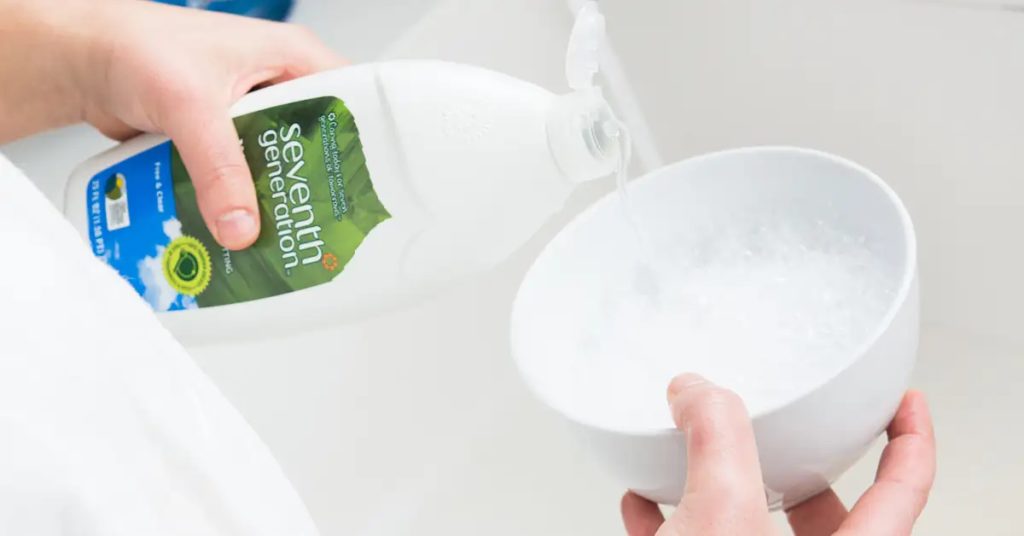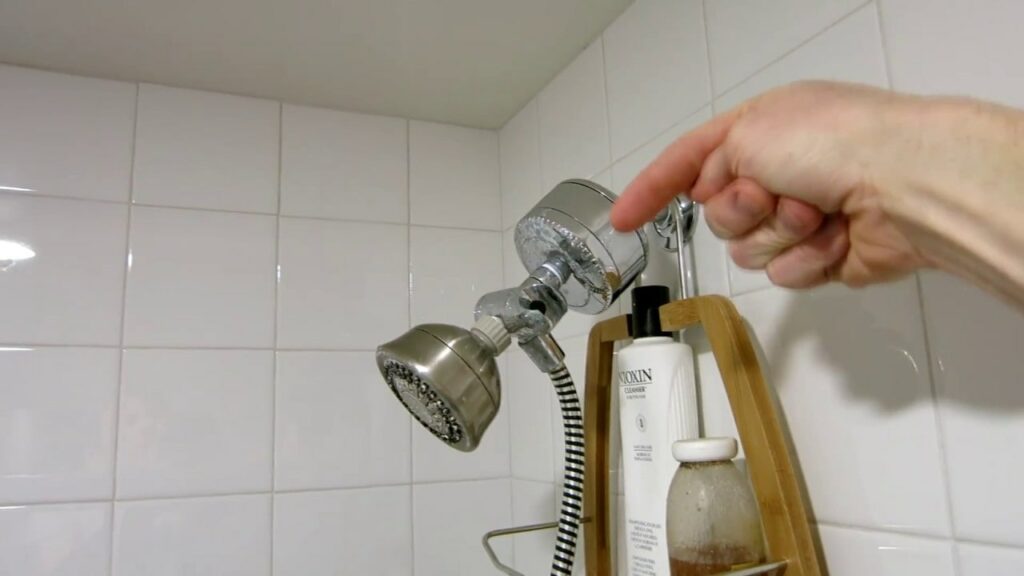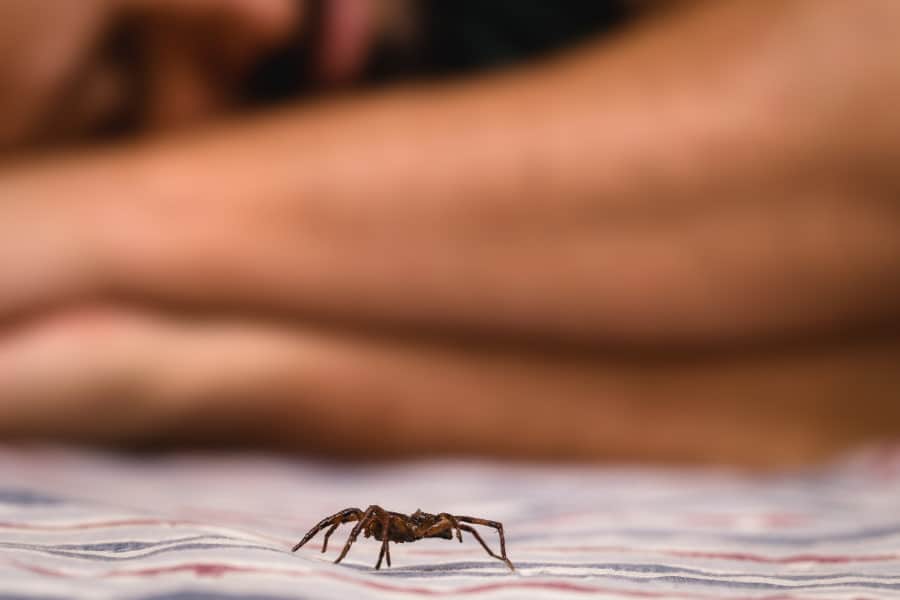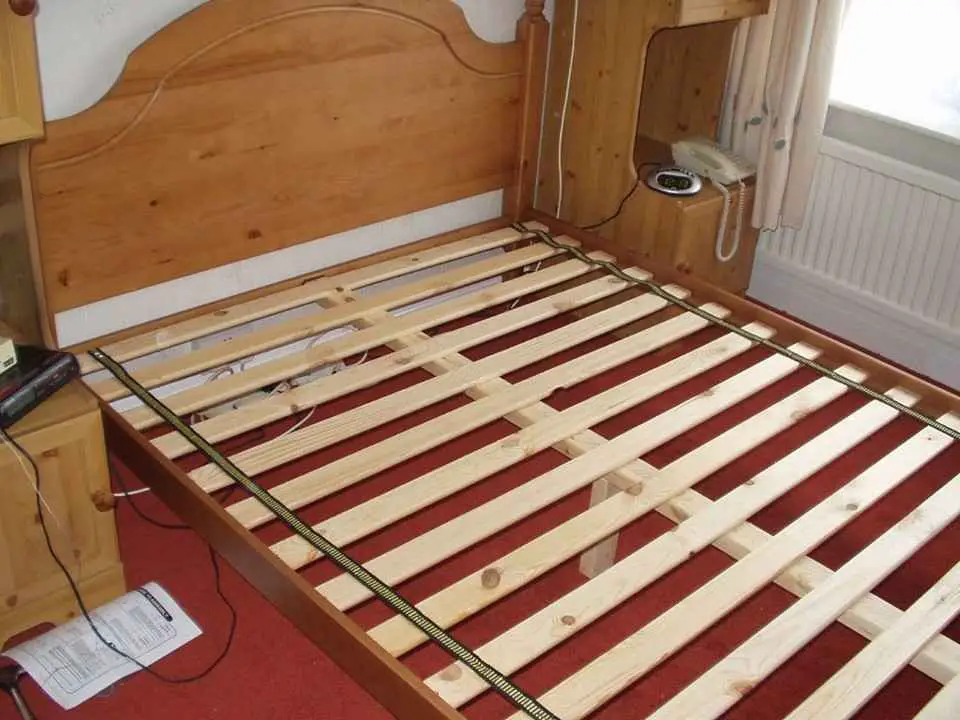Flat-screen TV is one of those items that you clean constantly, but they seem to become worse with each swipe of a cloth without streaks.
But we’re not only referring to having children and the unavoidable accumulation of little fingerprints on the screen.
They attract a lot of dust, are prone to stains, and are quite difficult to maintain.
You don’t constantly take your TV by the hands; after all, that’s what a remote is for!
If you settle down to enjoy a night of YouTube and ice cream, whether you own LCD or an OLED model, you’ve certainly battled with a few ugly streaks here and there (or honestly, all over).
Even while this new ultra-HD or 4K TV seems amazing when all the lights are out, even the slightest amount of glare can highlight the streaks you’ve been dancing around for months.
We’re here to explain how to clean your picky flat-screen TV of streaks for good, so don’t hit “power off” just yet on solving this issue. The following tools are required.
10 Easiest Ways to Clean Your Flat Screen TV Without Streaks:
1. Read the instructions:

Before attempting to clean your television, always read the instruction booklet.
A quick online search for the exact model should yield the handbook for download if you lost it or don’t know where it is.
There may contain crucial details about what you should or shouldn’t use to clean your particular flat-screen TV.
What may be suitable for a QLED display may not be the greatest option for an LED, plasma display, etc. Reading the manufacturer’s instructions is essential before attempting to clean the screen.
2. Turn the TV off:

This is an essential step regardless of the method you choose to remove the streaks from your flat-screen TV.
If you use any liquid, even merely dampened on a soft cloth, and keep the TV on, your cleaning operation will turn out streaky.
When LCD screens are turned on, heat is produced.
Cleaning a warm surface is an opportunity for disaster even though the heat is at a safe level that won’t harm you.
The extra heat won’t do much to eliminate a mark that was caused by a single improper swipe or by applying too much pressure to one region over another (via Digital Innovations).
To avoid a streaky finish, unplug your TV and let the flat screen cool before moving on, whether your next step includes a homemade dish soap mixture or simply plain water.
3. A clean, lint-free cloth:

Although it may seem obvious, given a costly TV is at stake, it must be stated: Electronics and fluids don’t mix well.
The best place to start is always with a dry, clean cloth, even though certain choices might help you get your screen streak-free.
Even if it seems like your TV needs a lot of TLCS, a feather duster or lint-free cloth (ideal microfiber) may be all that’s needed.
Never use paper towels because they could scratch the surface since the only thing worse than a smear on a TV is a permanent scratch.
Just unplug the TV and gently wipe the screen down. Applying too much pressure runs the danger of harming the hardware, so be careful.
The screen should come out clear and streak-free after using just enough force to remove the dust and particles, ready for your next binge-watching session.
4. Distilled water:

If you’ve already tried to clean your TV screen with a cleaner, you need to remove some streaks that are already there.
A dry microfiber cloth is essential for routine maintenance, but it might not have the strength to get rid of any persistent streaks left behind from earlier erroneous attempts to clean it thoroughly.
Fortunately, there’s no need to travel far; all you need is a fresh towel and some distilled water.
- With a dry microfiber cloth, begin by sweeping in a gentle, circular motion.
- After that, wet a different clean, lint-free cloth. It shouldn’t be oversaturated, and you shouldn’t spray water straight on the screen because that could damage your TV’s internal components.
- Get the towel just damp enough to remove the streaks completely, then finish by applying the dry cloth once more.
5. White vinegar and water:

If water alone isn’t working, don’t worry, and don’t just grab any cleaning supplies that are around, either. Instead, use white vinegar and water.
Your flat-screen TV might suffer serious damage from ammonia-based cleansers. Contrary to popular belief, Windex can damage the protective coating on LCD flat-screen TVs.
Ironically, consumers frequently use it to clean their old-fashioned TVs. Always err on the side of caution.
For a thorough clean, combine distilled water and white vinegar in a 50/50 ratio rather than using harsh cleansers.
Using a spray bottle to combine the two, then mist a lint-free cloth with the resultant liquid.
Wipe the flat screen in an S-pattern to get rid of any lingering streaks, and then quickly wipe it again with a dry cloth.
This will stop the vinegar mixture you use at home from sticking to the screen and unintentionally leaving behind those unsightly water stains.
6. Isopropyl alcohol:

Given how light it is, a very small amount of isopropyl alcohol is about as harsh as you should get while cleaning a flat-screen TV.
However, if you have some incredibly unpleasant streaks in the centre of your TV screen before the big game, using this simple trick might clean your viewing party.
Isopropyl alcohol and water should be combined in an equal ratio before being applied directly to an anti-static cloth.
To prevent oversaturating the TV, make careful to squeeze out any extra liquid.
7. Dish soap:

After trying everything else, the manufacturer recommends using a 100:1 mix of water and dish soap to remove persistent stains.
This means using very little soap at all because the bubbles could easily grow out of control and cause damage to your gadget.
Always blot the screen with a soft cloth after applying the cleaning solution to it.
The last thing you want to do is to spray the DIY cleaner onto the TV because it’s crucial to control how much soap and water are used.
Make sure the dish soap you’re using doesn’t contain ammonia or any other abrasive substances or chemicals; if it doesn’t, you should be good to go and may start cleaning.
9. Electrostatic duster:

A simple alternative to using a lint-free cloth to clean your flat-screen TV is to use an electrostatic duster.
A duster is the finest substitute for microfiber towels. Paper towels can leave lint on the screen; thus, they strongly advise against using them.
Electrostatic dusters, as their name implies, use static charge to attract dust from the surface and onto the duster.
It can be extremely effective to use one on devices like the TV to remove undesired dust.
Most can be quickly cleaned by agitating the feathers in warm water and allowing them to air dry.
10. Electronic wipes:

If there is a spot on your flat-screen TV that is extremely challenging to remove, try using an electronic wipe to clean it.
They are simple to locate, especially in office supply or electronics shops, and simple to place in your TV console for convenient access.
Perhaps this isn’t the ideal approach for you if you have a plasma TV.
Despite being made of glass, the screen has an anti-glare layer that Good Housekeeping advises against using wet cleaning agents on.
They advise staying with dry cleaning techniques for plasma TVs, such as using a cloth or duster.
Electronic wipes are useful for cleaning smudges off of various electronic gadgets that we frequently touch in addition to your TV.
Wipes can help us keep our phones, tablets, and other electronic devices clean and sterilized.

Top Tips for Cleaning a Flat-Screen TV:
Your TV screen will be harmed by harsh chemicals, and warranties will be void:
The protective layer on your TV screen will be ruined by the chemicals.
For older TVs, window cleaners were effective, but they damage flat-screen TVs nowadays.
Avoid Cleaning While the TV Screen Is Running:
Using a damp towel to clean your TV screen while it is running may result in evaporation and ultimately leave a lot of streaks.
Once the TV has cooled, you should clean the screen.
Avoid Using Excessive Liquid:
Whether you’re cleaning your TV screen with some distilled water or a cleaning solution, utilising excessive amounts of liquid is not a smart idea.
Buff When Required:
After making every attempt to avoid streaks, you should lightly polish any that remain with your dry microfiber cloth.
At this point, exercise caution when using excessive force on the screen.
Apply petroleum jelly to scratches:
While cleaning, if you notice a scratch on your TV screen, scratch removal kits that are available in stores can help.
Keep the TV remote clean:
Your TV screen picks up a lot of dirt when you use the same dirty TV remote and touch the screen with your fingertips (or palms in the case of children).
The various bacteria that are present on the remote also provide a minor problem.
The remote should therefore be cleaned at the same time as the TV screen.
Follow these instructions to clean the remote:
- Take out the batteries first.
- Invert the remote control so that the buttons are on the bottom.
- To remove any dirt, softly tap the remote’s back or set it on a piece of fabric on your sofa.
- Make sure the towel is damp but not dripping wet before wiping the remote with the same cleaning solution you used for your TV screen.
A cotton swab moistened with the water mixture will work if you need to better reach the area in between buttons. For caked-on dirt, use a toothpick or a dry toothbrush.
After clearing the debris from the remote, clean it again with a dry microfiber cloth and replace the batteries.
Also read: How High to Mount Tv in Bedroom?
FAQ: How to Clean a Flat Screen TV Without Streaks?
Q1. What is the safest chemical to use while cleaning a flat-screen TV?
The more than 250 TVs that John Walsh, a CR photographer cleans each year are advised to be cleaned with a soft, anti-static microfiber cloth, similar to what is used to clean lenses on cameras and eyeglasses. Walsh also suggests cleaning in a circular motion.
Q2. How should a plasma TV screen be cleaned?
Wipe the screen lightly with a dry, lint-free cloth, like a microfiber cloth.
Before going out to get a new TV, make sure to check the box to see whether one already came with your TV.
Never use abrasive cleaning products or cloths made of paper, such as paper towels, as they can harm your screen.
Q3. How can I clean the screen of my TV with common household items?
Using a dry microfiber cloth, dust your TV: Dust the surface of your TV screen using one microfiber cloth. Remember to dust the base and the frame.
Make your cleaning solution by combining equal volumes of white vinegar and distilled water. This cleaning agent is powerful but delicate
Also read: How To Mount TV on Wall without Showing the Wires?
Conclusion:
Using the proper cleaning cloth and cleaning solution can frequently prevent streaks from appearing on your flat TV screen.
For optimal results, use purified water or a vinegar solution rather than window cleaners or other harsh mixes.
You prevent harming the screen, make sure to gently wipe your TV and avoid getting it too wet.










